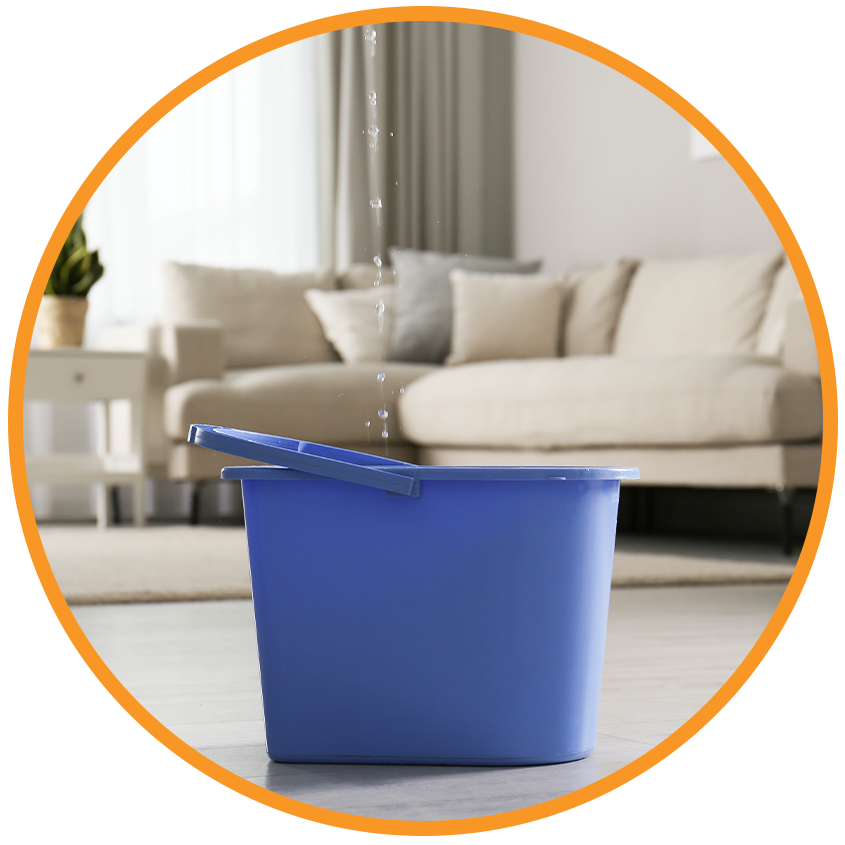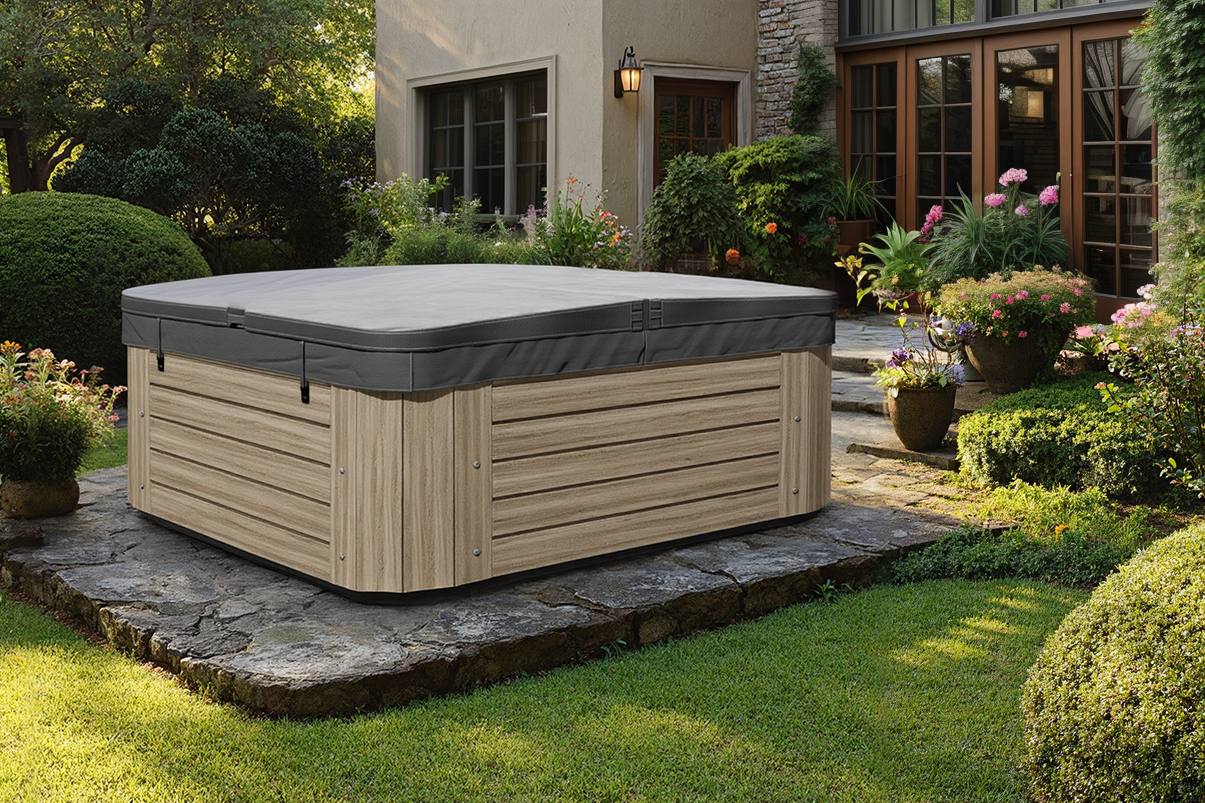
Rebuilding After the Storm: The Critical Role of Water Damage Restoration
Introduction
Storms can unleash devastating effects on homes and businesses, leaving behind a trail of destruction. Among the most insidious consequences is water damage, which, if not addressed promptly, can lead to severe structural issues and health hazards. Engaging in professional water damage restoration after a storm is paramount to mitigate these risks and restore normalcy. You should always call a professional for
services to avoid costly repairs.
Understanding the Impact of Storm-Induced Water Damage
Health Hazards and Mold Growth
Water intrusion creates a conducive environment for mold and mildew, which can develop within 24 to 48 hours. These fungi pose significant health risks, including respiratory problems and allergic reactions. Prompt water damage restoration after a storm is essential to prevent mold proliferation and ensure a healthy living environment. Unattended water damage can compromise your home’s safety, which is why
is so important.
Structural Integrity Compromised
Prolonged exposure to moisture can weaken structural components such as wood framing, drywall, and insulation. This deterioration can lead to significant structural failures, posing safety risks and necessitating costly repairs. Timely water damage restoration after a storm is crucial to preserve the structural integrity of buildings and prevent long-term damage.
Immediate Actions Post-Storm
- Ensure Safety: Turn off electricity to prevent electrical hazards and wear protective gear when entering affected areas.
- Document Damage: Take photographs and videos of all affected areas and items for insurance purposes.
- Contact Professionals: Engaging experienced restoration services is vital for effective recovery. Professionals have the necessary equipment and expertise to handle the complexities of water damage restoration after a storm.
The Water Damage Restoration Process
Assessment and Inspection
Restoration professionals begin by assessing the extent of the damage, identifying the source of water intrusion, and categorizing the contamination level. This evaluation informs the development of a tailored restoration plan.
Water Extraction and Drying
Utilizing industrial-grade pumps and vacuums, standing water is removed swiftly. Subsequently, dehumidifiers and air movers are employed to dry affected materials thoroughly, preventing mold growth and further deterioration. Hidden moisture can lead to structural problems without proper
.
Cleaning and Sanitization
All affected surfaces and items are cleaned and sanitized to eliminate contaminants. This step is crucial to restore a safe and healthy environment.
Restoration and Repairs
The final phase involves repairing or replacing damaged structures and materials, such as drywall, flooring, and insulation, to return the property to its pre-damage condition.
Preventative Measures for Future Storms
- Regular Maintenance: Inspect roofs, gutters, and drainage systems to ensure they are functioning properly.
- Install Water Detection Devices: These devices can provide early warnings of leaks or flooding.
- Seal Cracks and Openings: Ensure that windows, doors, and foundations are properly sealed to prevent water intrusion.
- Elevate Utilities: Place electrical panels, heating systems, and appliances above potential flood levels.
Frequently Asked Questions
Q: How soon should water damage restoration begin after a storm?
A: Restoration should commence as soon as it is safe to do so, ideally within 24 to 48 hours, to prevent mold growth and structural damage.
Q: Can I perform water damage restoration myself?
A: While minor issues may be manageable, significant water damage requires professional intervention to ensure thorough drying, sanitization, and structural repairs.
Q: Will my insurance cover water damage restoration?
A: Coverage varies by policy and the cause of the damage. It’s important to review your insurance policy and consult with your provider to understand your coverage.
Q: How long does the restoration process take?
A: The duration depends on the extent of the damage but typically ranges from a few days to several weeks.
Q: What are the signs of hidden water damage?
A: Indicators include musty odors, discoloration of walls or ceilings, peeling paint, and warped flooring.
Conclusion
Addressing water damage promptly after a storm is critical to safeguarding health, preserving structural integrity, and restoring normalcy. When heavy storms strike, they can leave properties inundated with water, and the longer the water sits, the more severe the damage becomes. Moisture can seep deep into walls, floors, and foundations, creating an ideal environment for mold and mildew to thrive, which can significantly affect the indoor air quality and potentially harm the health of occupants. Acting quickly is essential not only to mitigate these health hazards but also to prevent hidden moisture from causing long-term structural problems that may result in costly repairs.
Professional water damage restoration after a storm ensures that all aspects of the damage are effectively managed, reducing the risk of long-term issues. Expert restoration teams have the knowledge, experience, and equipment necessary to thoroughly assess the situation and tackle both visible and hidden damage. They begin by conducting a comprehensive inspection, using tools like thermal imaging cameras to detect moisture behind walls and under floors. Industrial-strength pumps and vacuums are then used to remove standing water, while high-powered air movers and dehumidifiers ensure that every corner is properly dried. In addition, contaminated areas are sanitized to eliminate any bacteria or harmful pathogens introduced by floodwaters, creating a clean and healthy environment for occupants.
For expert assistance, consider exploring comprehensive restoration services to guide you through the recovery process. These professionals not only restore your property to its pre-storm condition but also offer valuable guidance on preventative measures to avoid similar problems in the future. Their approach is comprehensive, covering everything from moisture detection and water extraction to structural repairs and sanitation, ensuring a safe, secure, and habitable space. Don’t wait until small issues turn into major disasters. By partnering with trusted professionals, you can protect your investment, regain peace of mind, and restore your home or business to a fully functional state.



